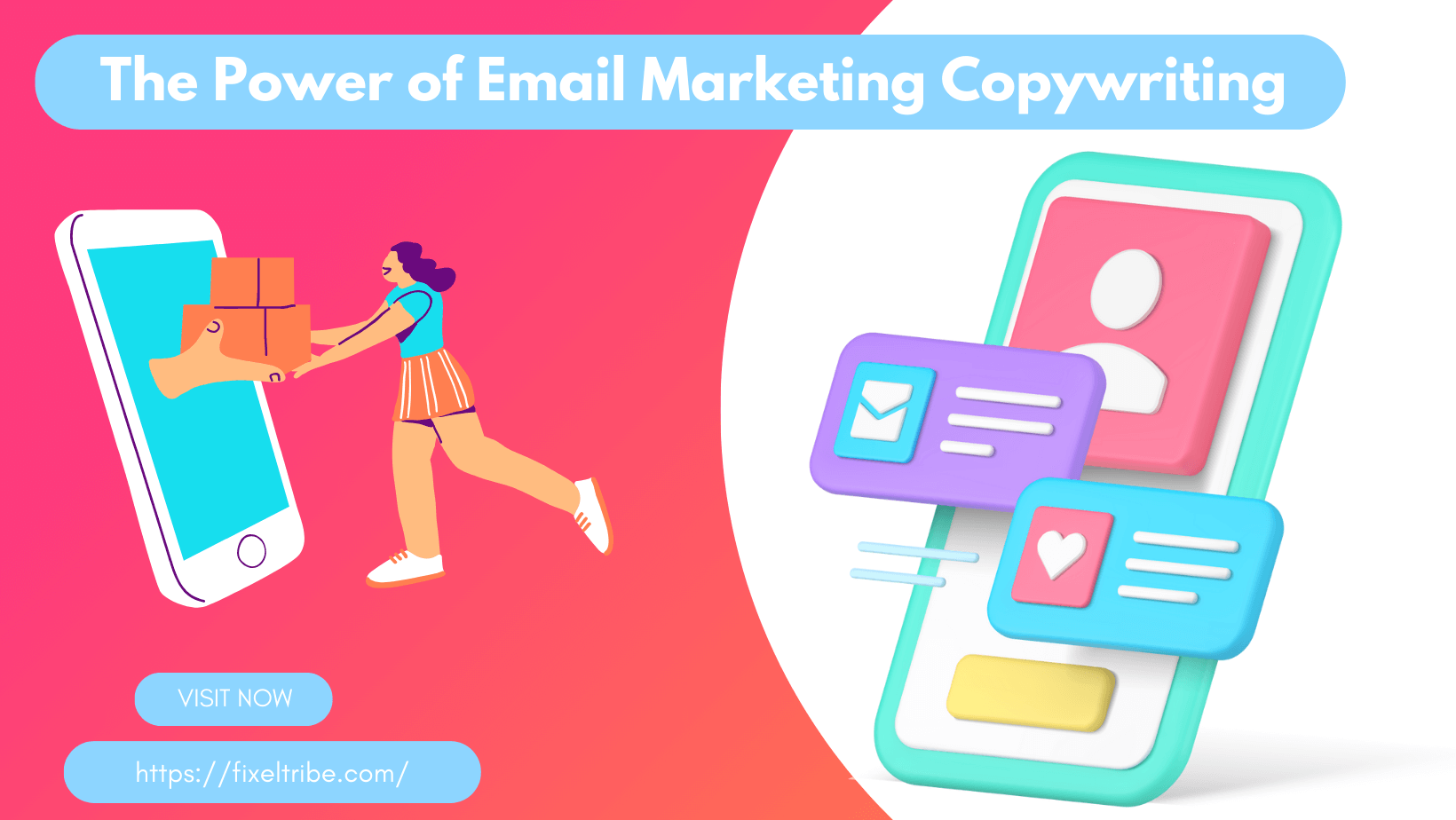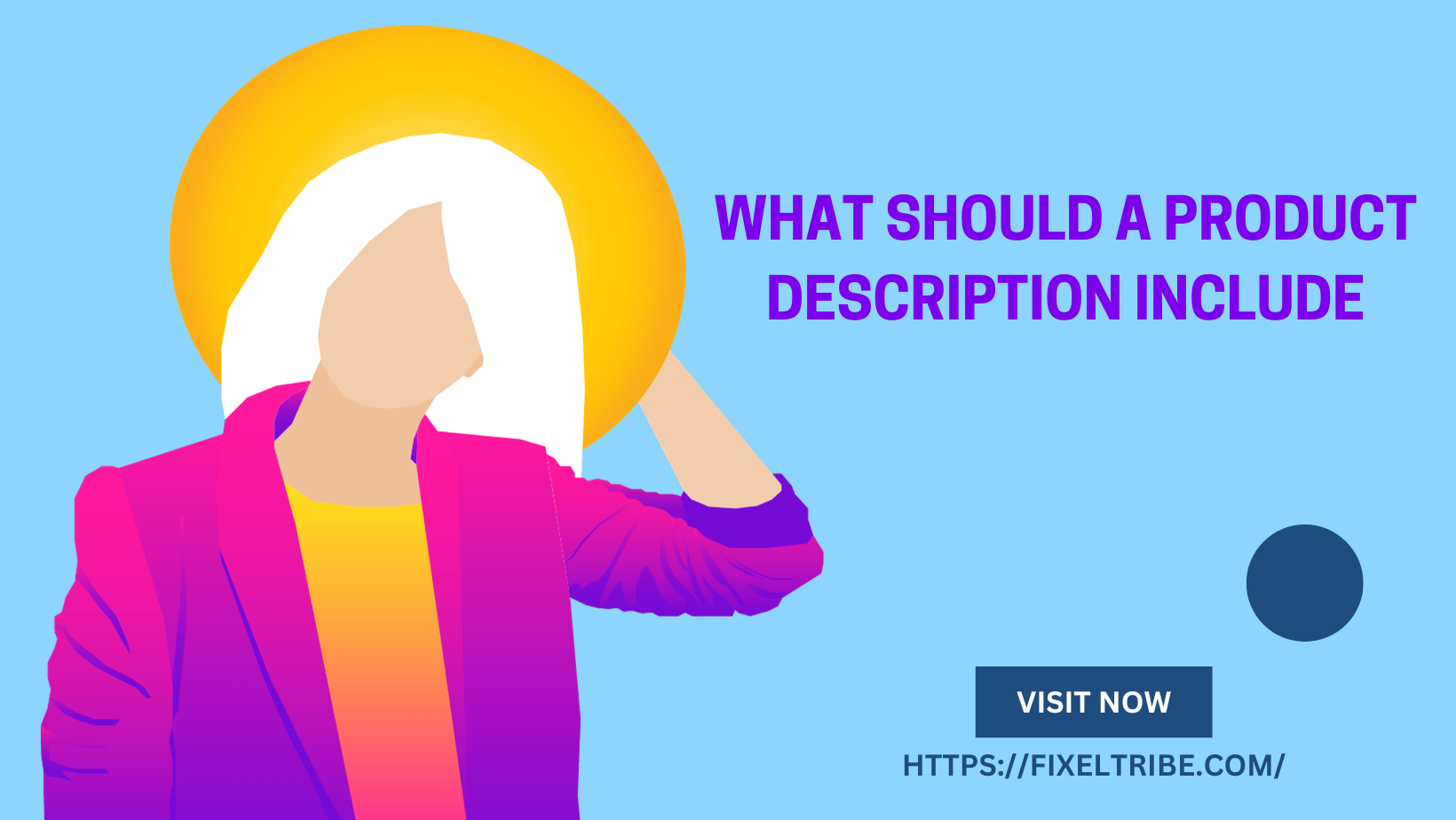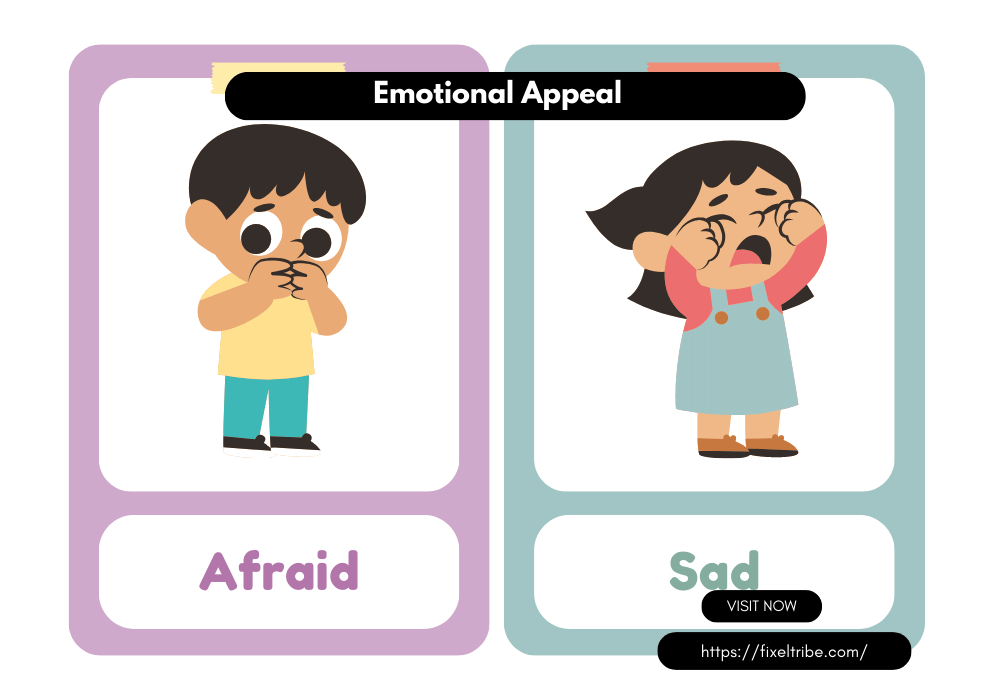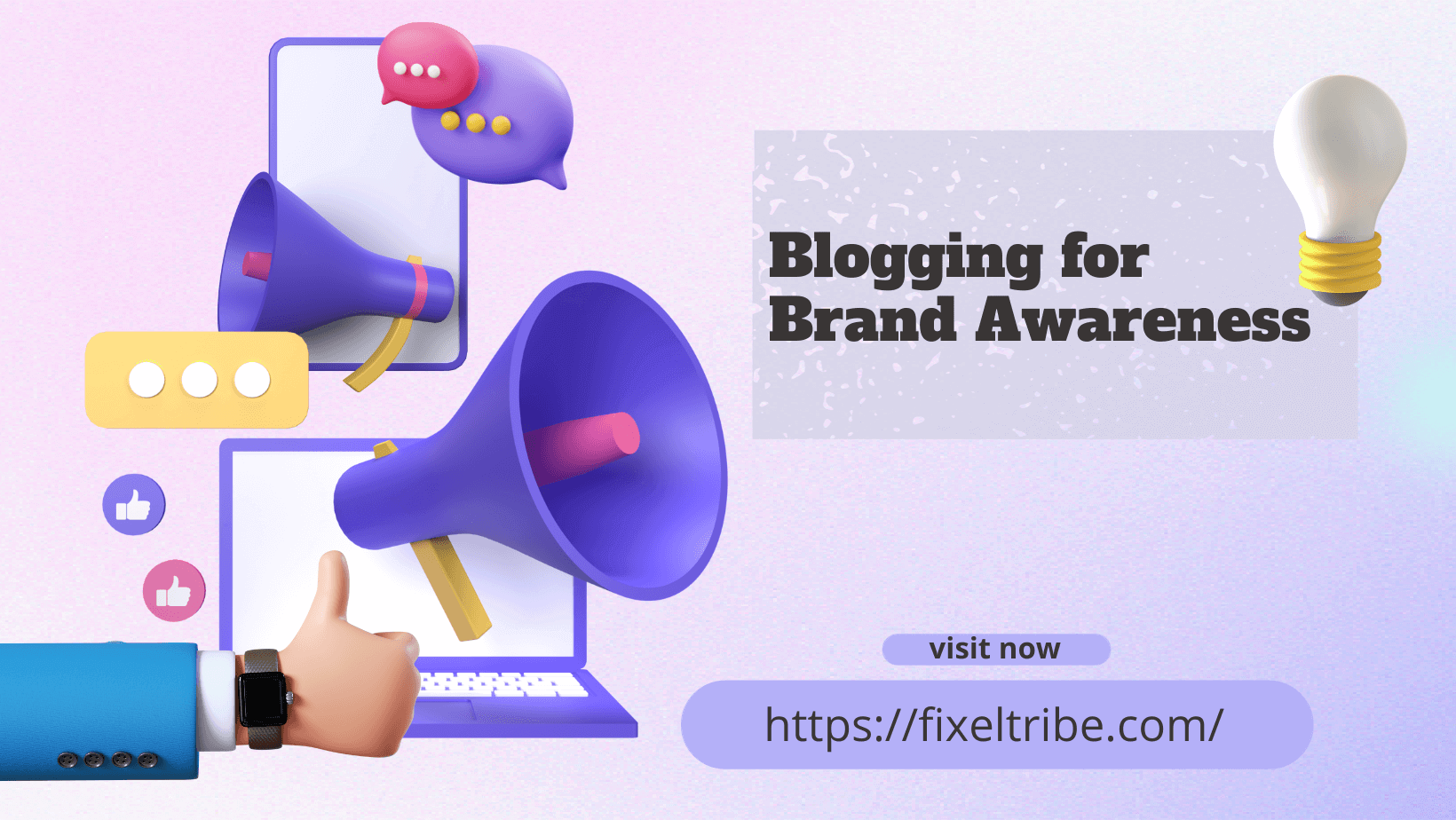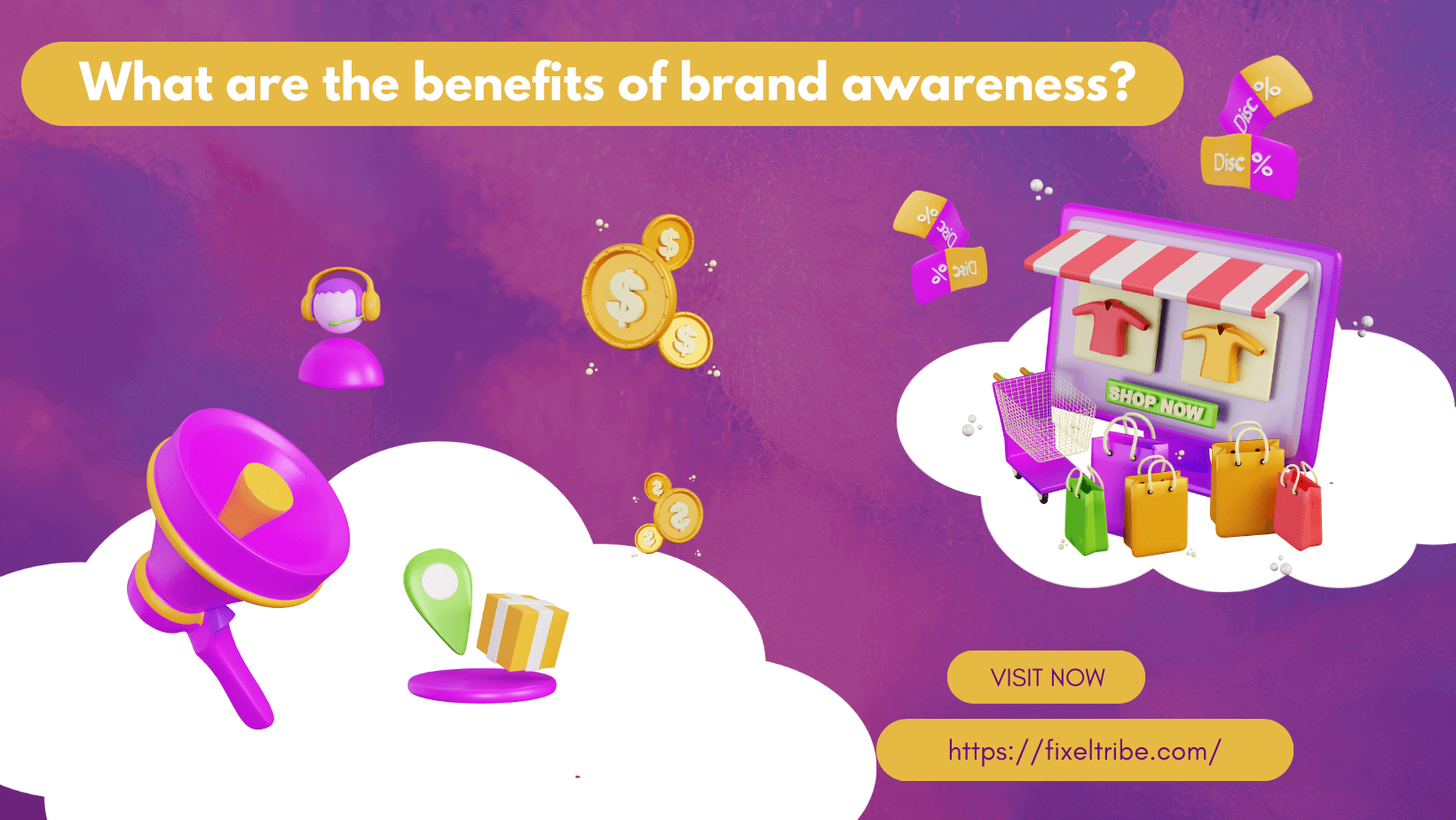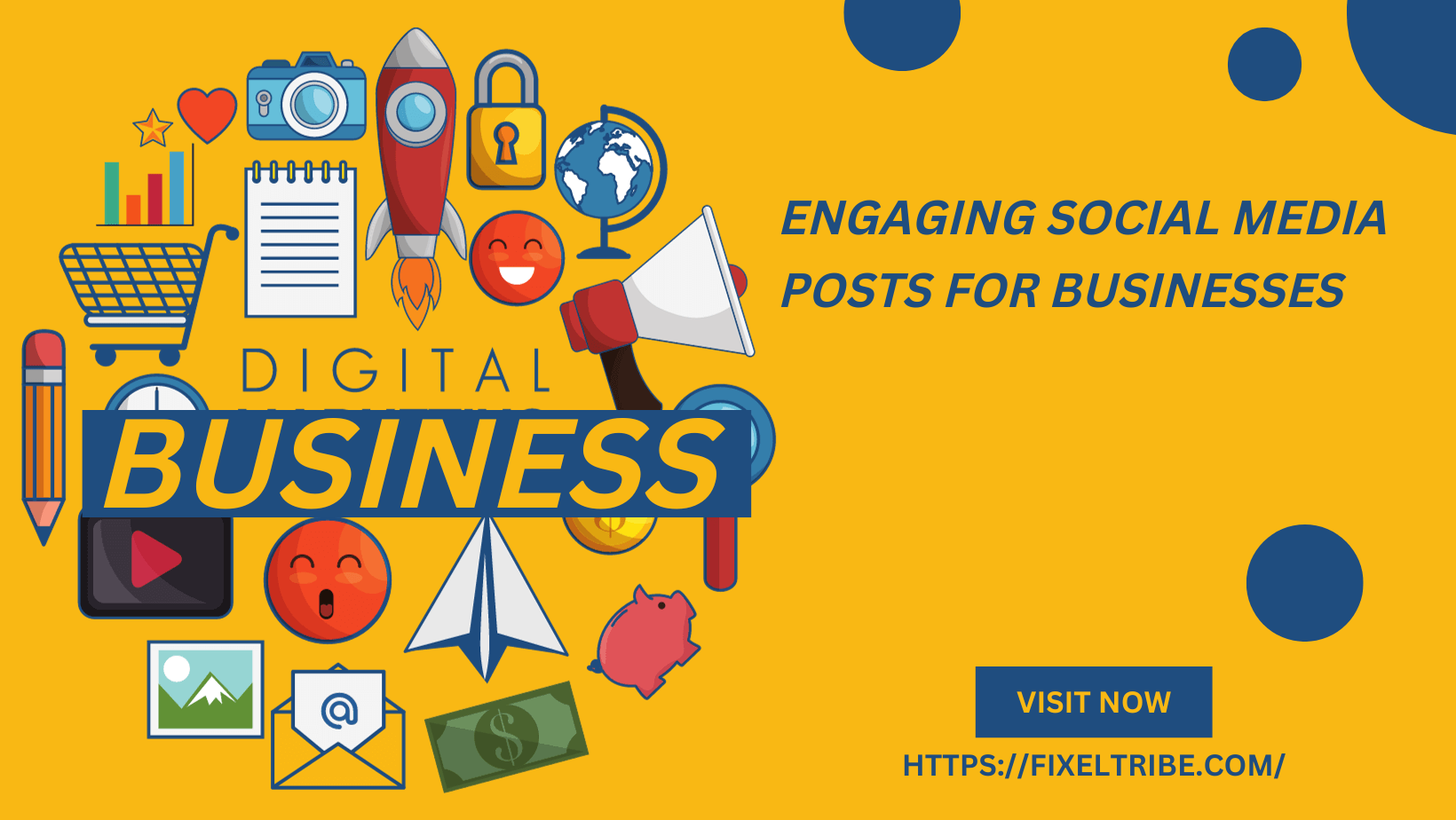In the ever-evolving landscape of digital marketing, the role of email marketing copywriting has emerged as a dynamic force, capturing the essence of brands and engaging audiences in profound ways. This article will explore the art and science of Email Marketing Copywriting, shedding light on its significance and distinctions.
Email Marketing Copywriting: The Powerhouse of Digital Marketing
The power of email marketing copywriting lies in its ability to engage and convert readers effectively. Email marketing is one of the most effective digital marketing channels. However, its success hinges significantly on the quality of the email content, making email marketing copywriting a linchpin of successful campaigns.
Email marketing copywriting involves crafting persuasive and engaging content tailored to specific audiences. It’s about more than just words; it’s about understanding your audience’s needs, pain points, and desires and addressing them effectively. This personalized approach has become increasingly important in the age of data-driven marketing, where customers expect tailored messages.
The Significance and Distinctions
The significance of email marketing copywriting lies in its ability to nurture leads, drive conversions, and build lasting relationships with customers. Unlike many other digital marketing channels, email allows for one-on-one communication, making the copy within emails a direct link between your brand and the recipient.
Email marketing copywriting distinguishes itself by blending art and science. It requires a deep understanding of both the creative aspects of persuasive writing and the analytical side of tracking open rates, click-through rates, and conversions. Crafting compelling subject lines that entice recipients to open emails and providing valuable content that drives action are hallmarks of effective email marketing copywriting.
Email Marketing Copywriting is the heartbeat of successful email marketing campaigns. It’s a dynamic fusion of creativity and data-driven strategy that enables brands to engage audiences, drive results, and navigate the ever-evolving digital marketing landscape effectively.
Email Marketing vs. Email Copywriting: Deciphering the Nuances
In the digital realm of marketing, both email marketing and email copywriting play indispensable roles, but they each have their unique functions and significance.
Email Marketing: The Strategic Engine
Email marketing is the broader strategy that involves the systematic deployment of emails to communicate with an audience. It encompasses a wide array of activities, including audience segmentation, campaign planning, performance analysis, and more. The primary goal of email marketing is to engage subscribers, promote products or services, and build lasting relationships with the audience.
Email marketing is akin to the captain steering the ship, defining the course, and ensuring that the right messages reach the right people at the right time. It relies on data, analytics, and strategic planning to achieve its objectives.
Email Copywriting: The Art of Persuasion
On the other hand, email copywriting is the soul of the email marketing campaign. It is the craft of meticulously crafting the content within those emails to resonate with the audience. The core purpose of email copywriting is to drive conversions through persuasive and engaging content.
Email copywriters understand the psychology of their readers, employing compelling storytelling, persuasive language, and a deep understanding of consumer behavior to create emails that inspire action. They craft subject lines that entice recipients to open emails and provide valuable content that leads to click-throughs and conversions.
While email marketing and email copywriting are intertwined, they serve distinct functions within the broader spectrum of digital marketing. Email marketing sets the strategic direction, while email copywriting ensures that each email resonates with the audience, driving the desired results. Together, they form a potent combination that maximizes the effectiveness of email campaigns.
Copywriters and Email Marketing: A Dynamic Duo
Copywriters are indeed essential contributors to the success of email marketing campaigns. Their unique skill set, which revolves around crafting compelling narratives and persuasive messaging, aligns seamlessly with the goals of effective email marketing.
Crafting Compelling Email Content
At the heart of email marketing lies the need to engage the audience, invoke emotions, and incite action. This is precisely where copywriters shine. They infuse emails with creativity, ensuring that the content resonates with the audience. From crafting attention-grabbing subject lines that entice recipients to open emails to composing body content that communicates value and relevance, copywriters play a pivotal role in optimizing email marketing efforts.
Maximizing Email Campaign Effectiveness
Email marketing copywriting is a potent tool that elevates email campaigns, making them more engaging, persuasive, and ultimately, more effective. It’s not just about the words; it’s about the art and science of communication. Copywriters understand the psychology of readers, leveraging persuasive language and storytelling techniques to create emails that inspire action.
Recognizing the Nuances
While email marketing and email copywriting are deeply interconnected, they serve distinct functions within the digital marketing ecosystem. Email marketing encompasses the broader strategy, including audience segmentation, campaign planning, and performance analysis. Email copywriting, on the other hand, is the soul of the email, driving conversions through its persuasive and engaging content.
In conclusion, copywriters are invaluable assets in email marketing. Their expertise in crafting compelling email content significantly contributes to the success of email campaigns, making them more engaging and conversion-driven. Understanding the synergy between email marketing and email copywriting is vital for harnessing the full potential of this digital marketing strategy.
Conclusion
Email Marketing Copywriting wields immense power in the world of digital marketing. It serves as the bridge that connects businesses with their audiences, enabling them to convey messages, showcase products, and foster relationships. This power lies in the ability of well-crafted email copy to captivate, persuade, and inspire action.
In an era where inboxes are flooded with messages, the effectiveness of email marketing hinges on the prowess of copywriting. It’s the art of crafting subject lines that entice recipients to open emails, composing body content that engages and informs, and incorporating compelling calls to action that drive conversions. The power of email marketing copywriting lies in its capacity to transform ordinary emails into compelling narratives that resonate with readers.
Moreover, email marketing copywriting is not static; it evolves with changing trends and consumer behavior. It adapts to new technologies and strategies, ensuring that messages remain relevant and impactful. As businesses continue to harness the potential of email marketing, the power of email marketing copywriting remains a vital force in creating meaningful connections and achieving marketing objectives.
In conclusion, the power of email marketing copywriting is undeniable. It’s the driving force behind successful email campaigns, making it an indispensable element of modern digital marketing strategies. Harnessing this power effectively can lead to engaging, persuasive, and ultimately, successful email marketing endeavors.
FAQs
What is the significance of The Power of Email Marketing Copywriting in digital marketing?
The Power of Email Marketing Copywriting holds immense significance in digital marketing as it plays a pivotal role in crafting persuasive email content that engages audiences, drives conversions, and fosters customer relationships. It is the key to creating effective email campaigns.
How can businesses harness The Power of Email Marketing Copywriting for their email campaigns?
Businesses can harness The Power of Email Marketing Copywriting by employing skilled copywriters to craft compelling subject lines, engaging body content, and persuasive calls to action in their emails. This ensures that messages resonate with recipients and drive desired actions.
What makes The Power of Email Marketing Copywriting an essential element of modern digital marketing strategies?
The Power of Email Marketing Copywriting is essential in modern digital marketing strategies because it transforms ordinary emails into compelling narratives. It captivates readers, conveys messages effectively, and ultimately leads to more successful email marketing endeavors, enhancing brand engagement and conversion rates.

